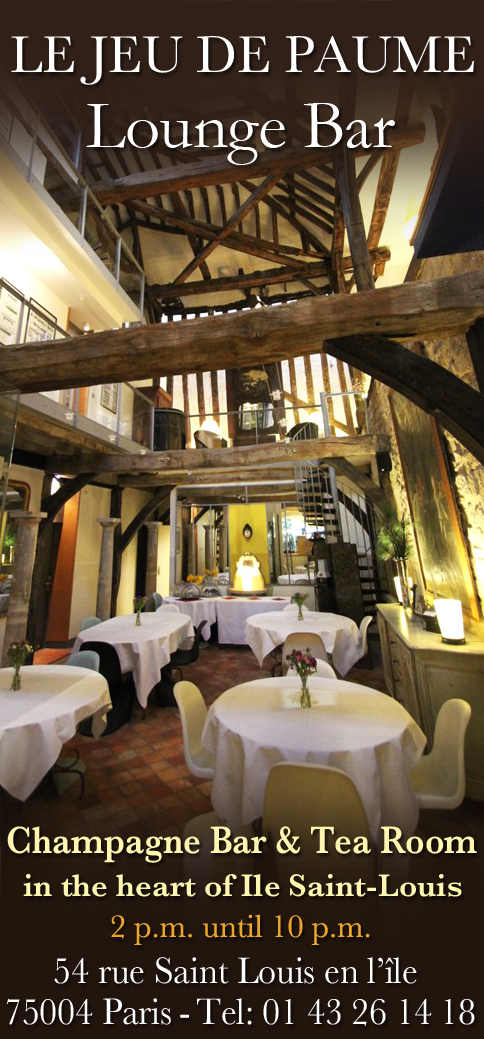 Notre Dame de Paris & l'Ile de la Cité
Notre Dame de Paris & l'Ile de la Cité
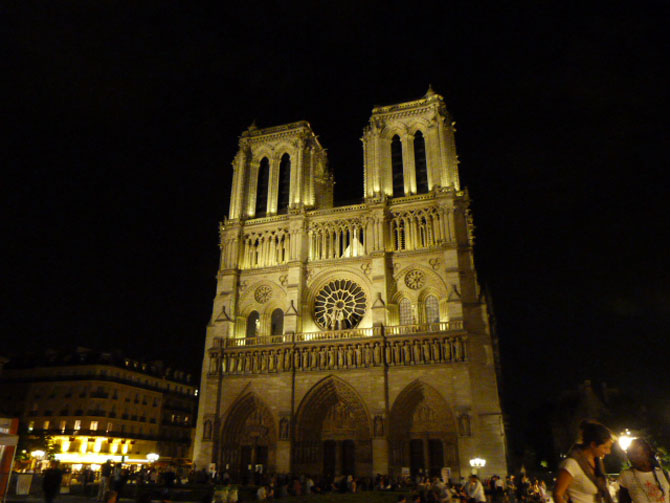
Notre Dame de Paris is, with the Louvre and the Eiffel Tower, among the most emblematic monuments of the City of Light, greeting 10 million admiring visitors per year from every corner of the globe. This distinguished monument and the Ile de la Cité transport us to the now largely disappeared Paris of the Middle Ages. It remains still very strongly rooted in the collective imagination partially thanks to Victor Hugo’s immensely popular French novel "Notre Dame de Paris", depicting the adventures of the beautiful gypsy Esmeralda, not to mention the incredibly successful musical.
The construction of Notre Dame began in the 12th and ended in the 14th century. Throughout the Middle Ages, Notre Dame helped train the clergy and elite of the kingdom; it won recognition by the richness of its liturgy and its prestigious collection of relics.
The symbol of the flamboyant Gothic style, it was considerably ruined during the revolution by looting and destruction. Notre Dame was substantially restored in the 19th century due to the initiative of the architect Viollet-le-Duc, who made it a truly grand cathedral.
At first glance, Notre Dame appears to be the archetype of the Gothic cathedral, particularly balanced with its nave and its two square towers flanking its carved facade.
Its square, having been cleared of the structures originally found there, is bounded on the north by the buildings of the oldest Parisian hospital, Hotel Dieu, on the west by the current police headquarters, and on the west and south by the banks of the small arm of the Seine. Everything seems to radiate from it, including symbolically since distance references from Paris for the whole country are measured from a specific point in front of Notre Dame known as “Kilometer Zero”. On French motorways, when you see a marker with a number of kilometers, it is the distance from Notre Dame de Paris.
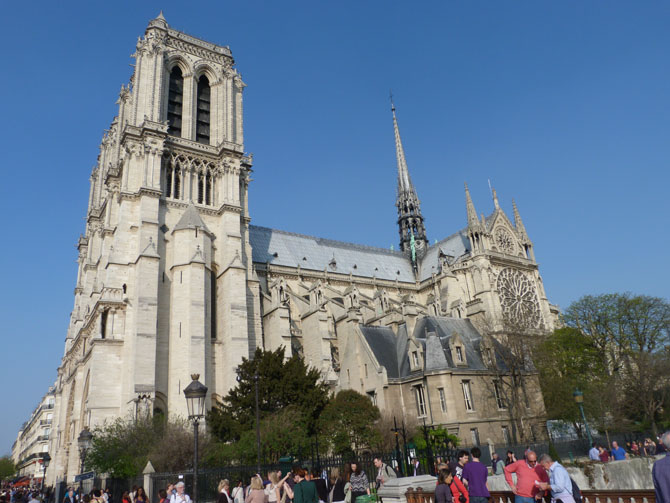
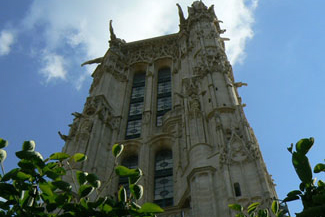
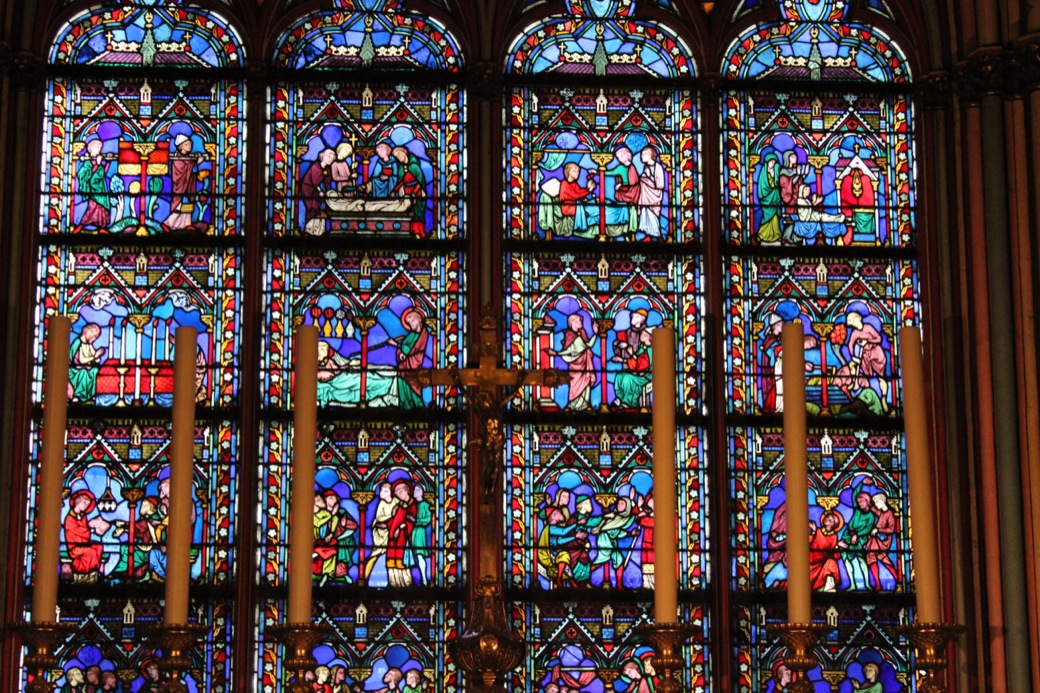
Over the centuries, Notre Dame has been significantly modified both internally and externally. Internal changes include for example some major alterations, such as the design of the altar. It was separated from the nave by an enclosure high enough to form a "sanctuary" where the sacred part of the church, accessible only to clergy, was hidden from the public’s view. This separation is no longer present.
Other modifications include the stained glass windows of the cathedral as well as the impressive organs so different from what could have existed in the Middle Ages and 14th century. On the outside note the bells, very common in the Middle Ages; they have virtually disappeared today with the exception of four original bells in the north tower.
The original 21 carved biblical kings’ heads that adorned the facades are preserved at the National Medieval Museum (Cluny Museum). Polychromatic traces on the statues and decorative elements of the facade show that originally they were colored.
The present cathedral is largely a work of Viollet-le-Duc. Following damage sustained during the revolutionary period (the cathedral became a Temple of Reason under the aegis of Robespierre), it was not until the 19th century with the influence of romanticism that the Gothic style again become fashionable. This return to the Gothic style found its consecration with the appearance of the Troubadour style.
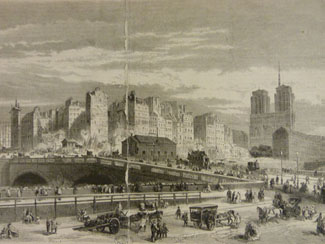
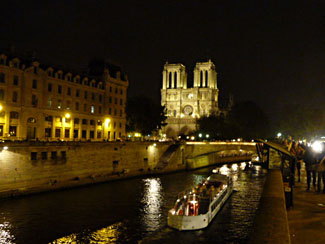
By 1829, the creation of the school for archivists enabled the reconstitution of medieval history documents. In 1834, Merimée the writer, is officially given the task of identifying medieval buildings in ruins. This art is considered "the expression of the French soul." When Victor Hugo published "Notre Dame de Paris" in 1831, it was a huge success.
To get an idea of the original appearance of the Ile de la Cité and its winding streets, take rue Chanoinesse which contrasts with the geometry of rue d’Arcole, characteristic of the more modern Haussman style.
By taking the famous Pont de Notre Dame, it is possible to imagine when it was covered with houses of brick and stone, flanking each side of a roadway, often frequented by royal processions. This is how many bridges were made in the Middle Ages. The bridges were inhabited.
At number 35 of the bridge, the famous Gersaint had a shop, which was portrayed by Watteau in his painting " Gersaint's Shopsign ". Walking on the Pont au Change, you will walk past the drab official structures built later by Baron Haussmann, replacing the previous medieval settlement. Only the flower market offers a refreshing break. Take a look at the clock tower and admire the oldest public clock in Paris; recently renovated, it has recovered all of its beauty. Do not miss the Sainte Chapelle (Holy Chapel); many classical concerts are given in its majestic setting.
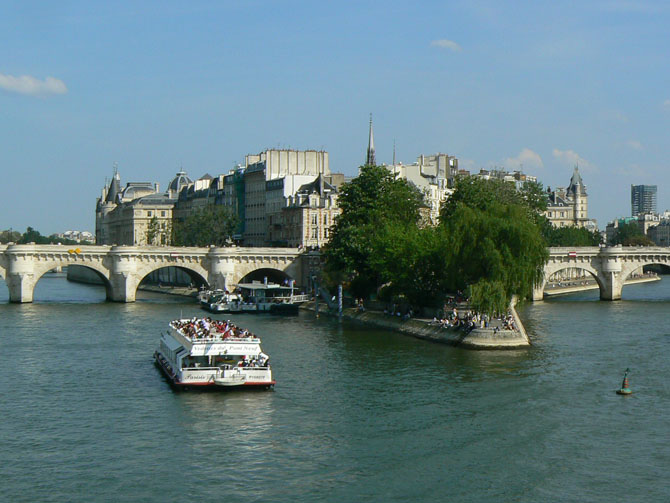
Crossing the bridge you will reach the Place du Chatelet, intensely transformed by Hausmann. First built there was the Grand Chatelet, at the entrance of the bridge, to cut off the Norman invasions in the 9th century. It then became a dungeon. In 1858, the square became, at the suggestion of Haussman, the mecca of the Parisian theatrical scene (with the theaters of Chatelet and de la Ville). This area offered an alternative to the famous boulevard du Crime (now Boulevard du Temple) and its numerous popular theaters of which The Dejazet is a rare survivor.
Nearby you will find one of the last medieval bastions, the Campanile de la Tour Saint Jacques de la Boucherie, starting point for the pilgrims of Saint Jacques de Compostela.
Head towards the Ile Saint Louis, which bore the name of Ile Notre Dame until the 18th century. In the 14th century it was split into two islands by a large ditch (Ilot Notre Dame and Ile aux Vaches) in order to strengthen the Charles V enclosure.
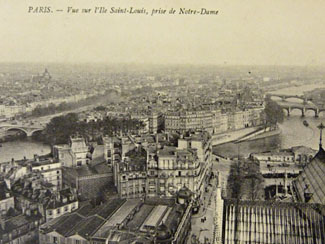
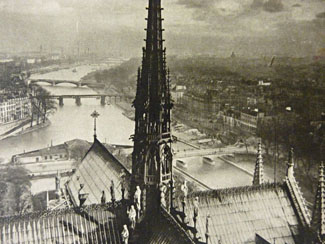
Enjoy the quiet of its banks which was once the "sanctuary of elegance of the Great Century". Discover the Hotel Lambert, designed by the archtect Le Vau, as well as the Hotel Lauzun, both built in the 17th century.
Take a look on the right bank at the Hotel de Sens, characteristic of civil medieval architecture with its turrets and corbelled construction built from 1474 to 1519. This hotel and the Hotel de Cluny are probably two of the most beautiful public medieval buildings left standing today. The Hotel de Sens is currently home to the Forney library. The narrow streets surrounding the Hotel de Sens reminds one of the configuration of streets laid out in medieval times.
Arnaud Sellier
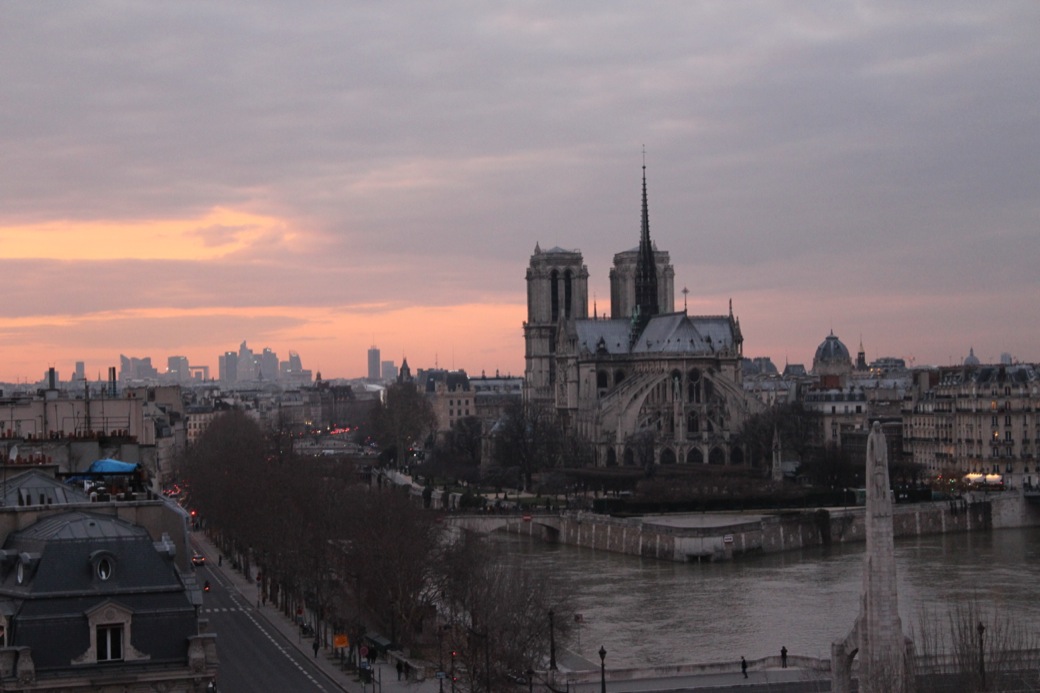
Best view you can have of Notre Dame from the Arabic World Institute roof terrace
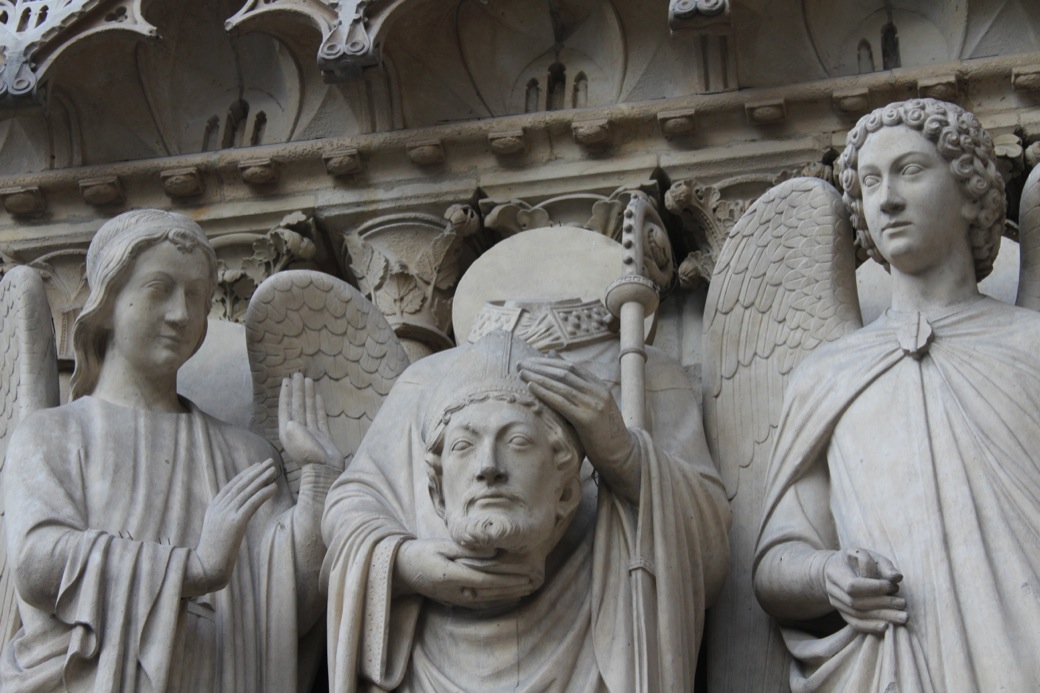
Statue of Saint Denis holding his chopped off head
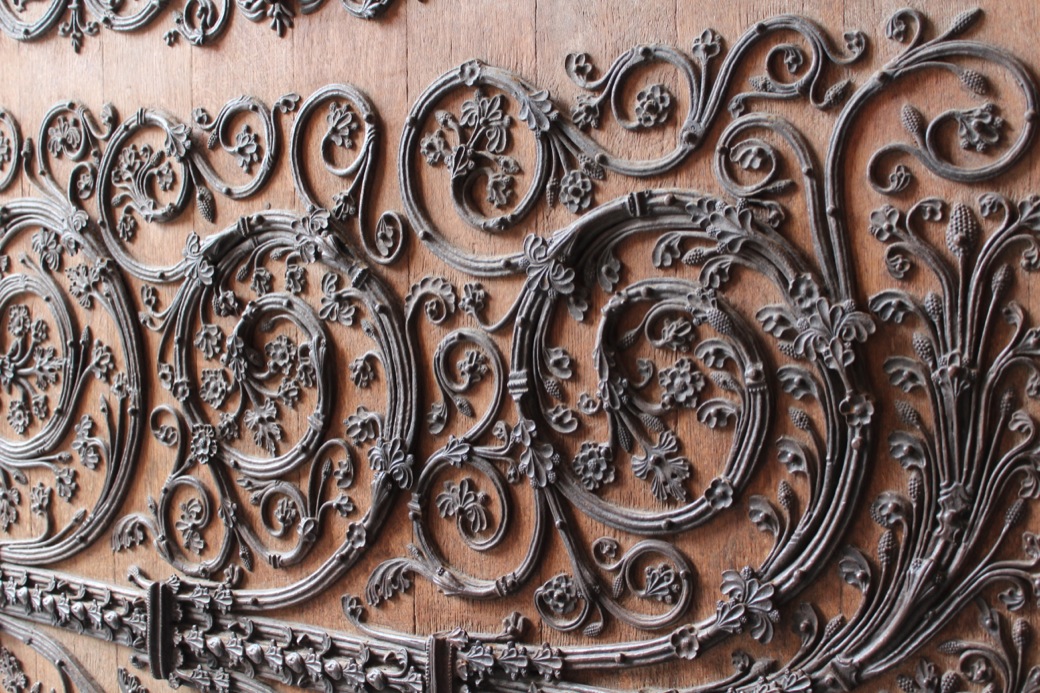
Front door details of Notre Dame Church
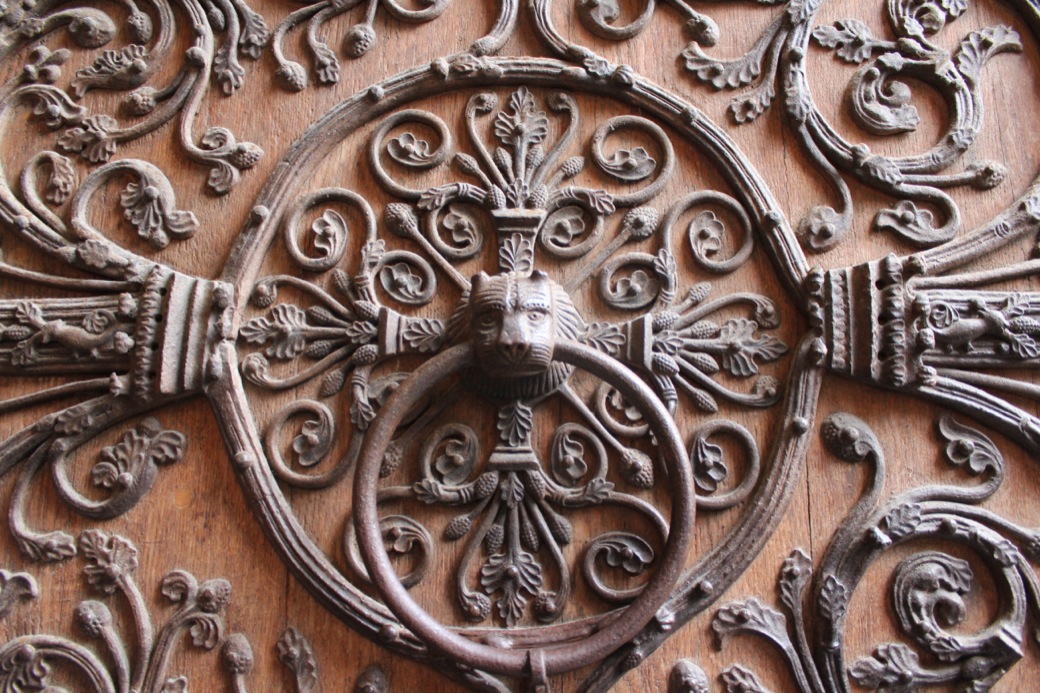
Front door to the Cathedral
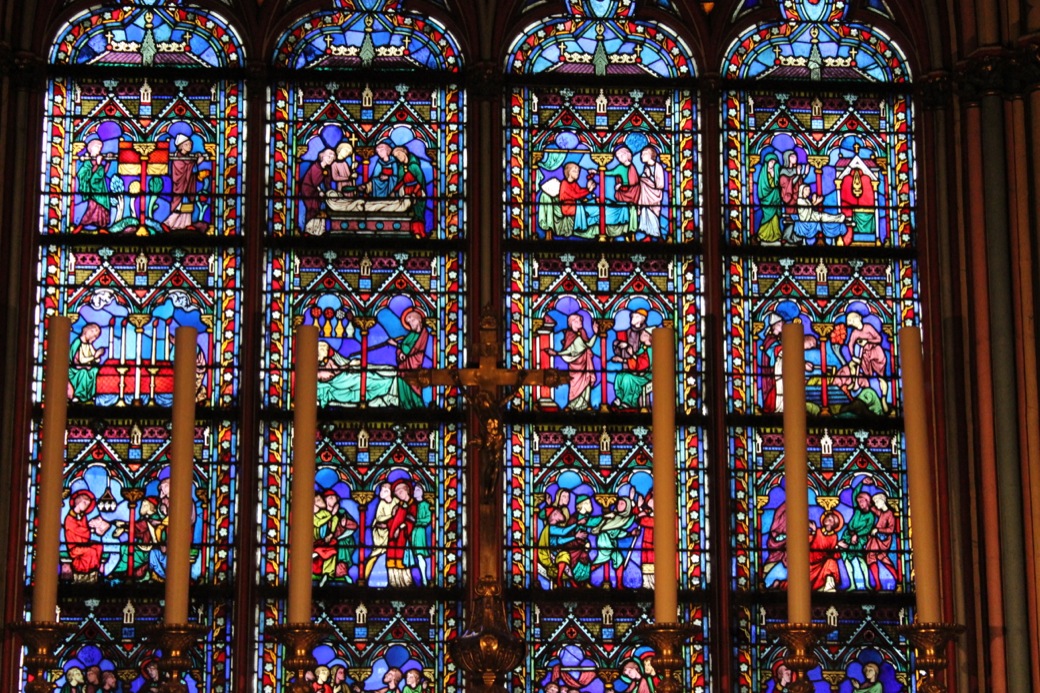
Magnificent stainglass windows of Notre Dame de Paris
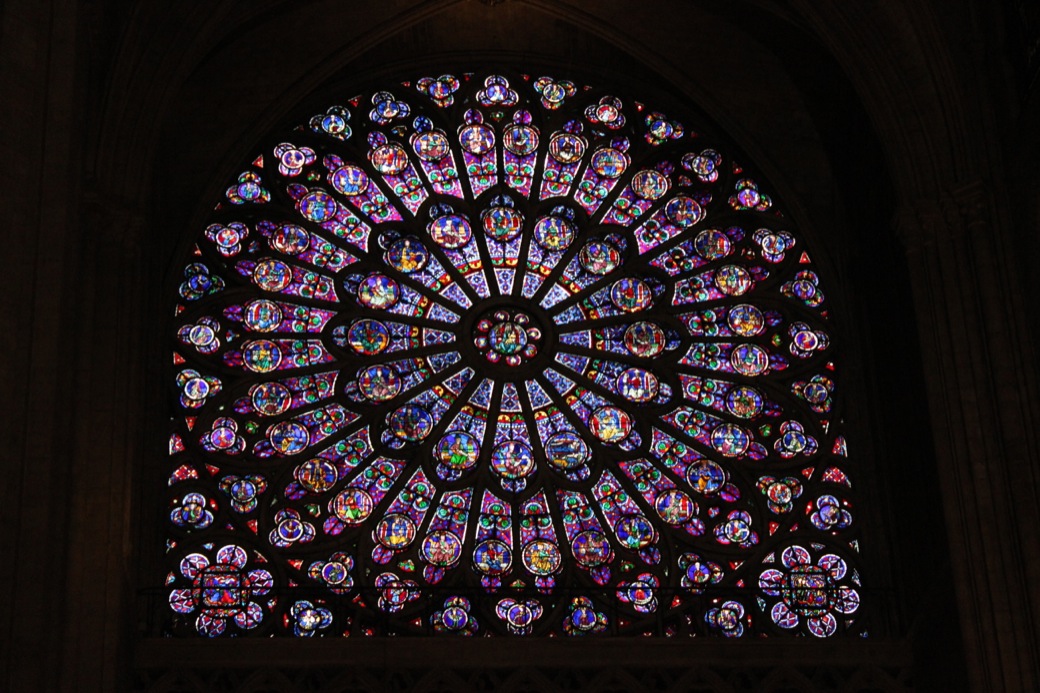
South rose window of Notre Dame
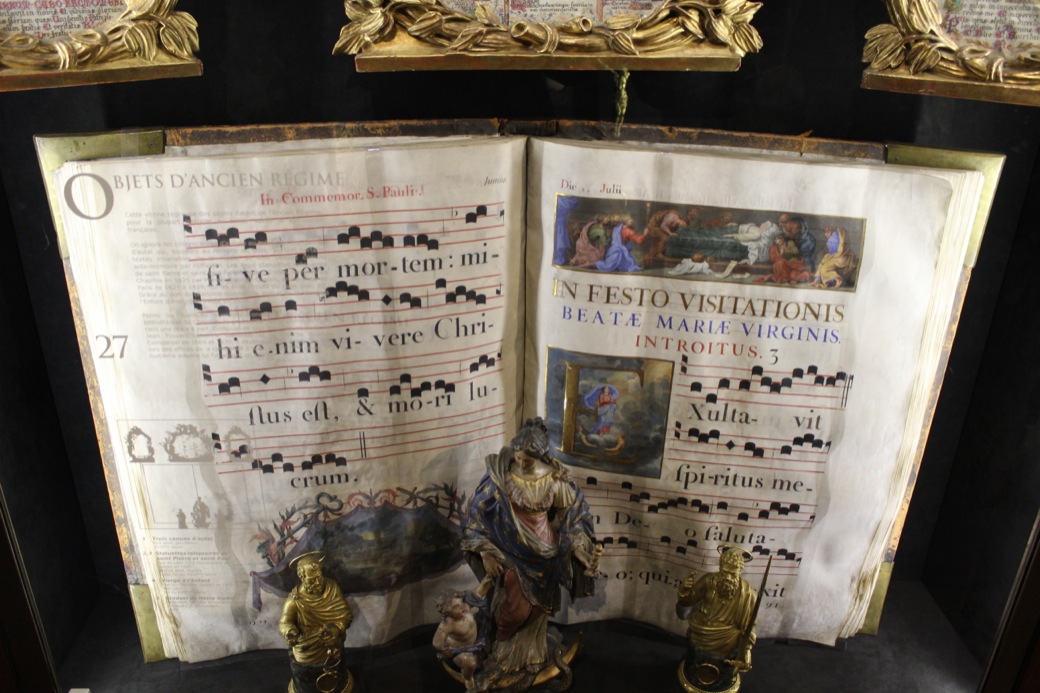
Ancient Musical Score In Notre Dame treasures collection
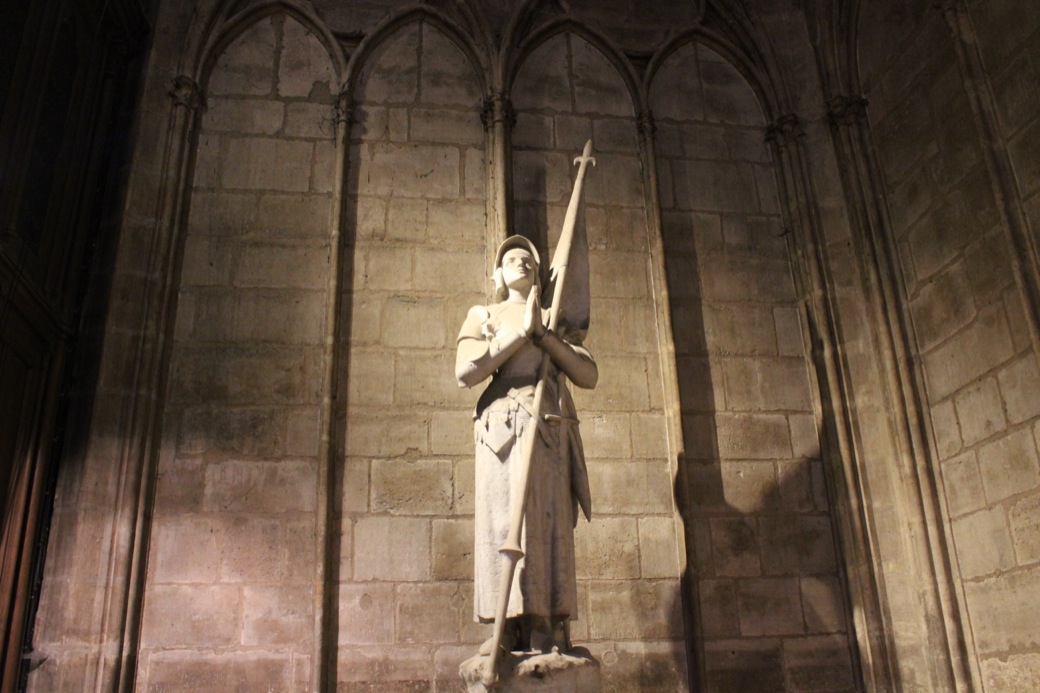
Joan of Arc statue in Notre Dame Cathedral
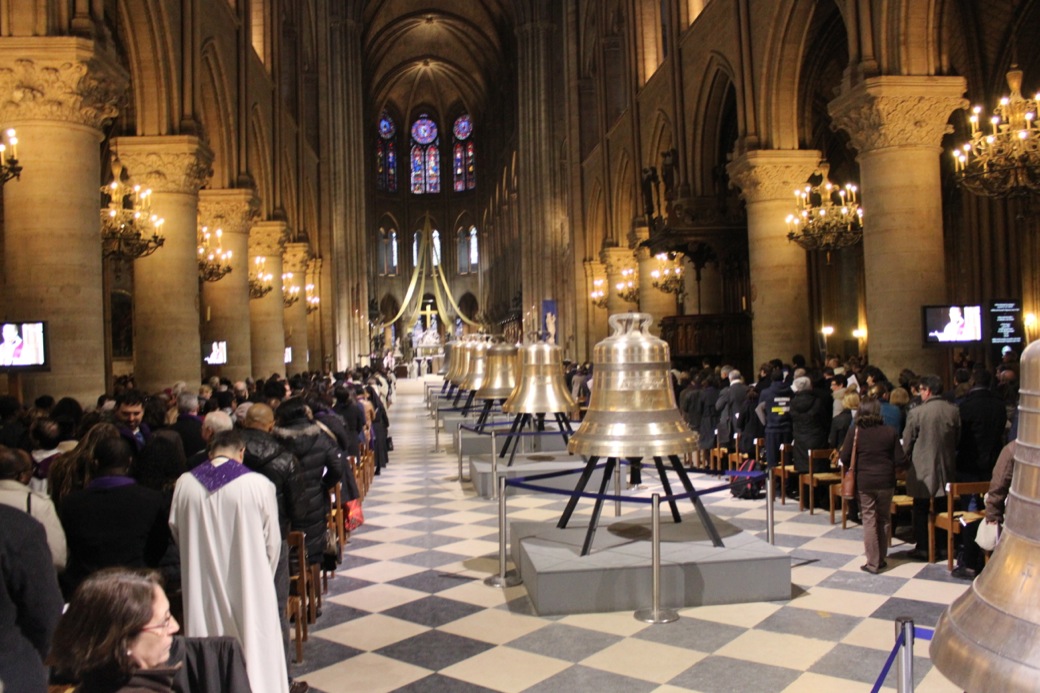
The New bells ready for Easter 2013
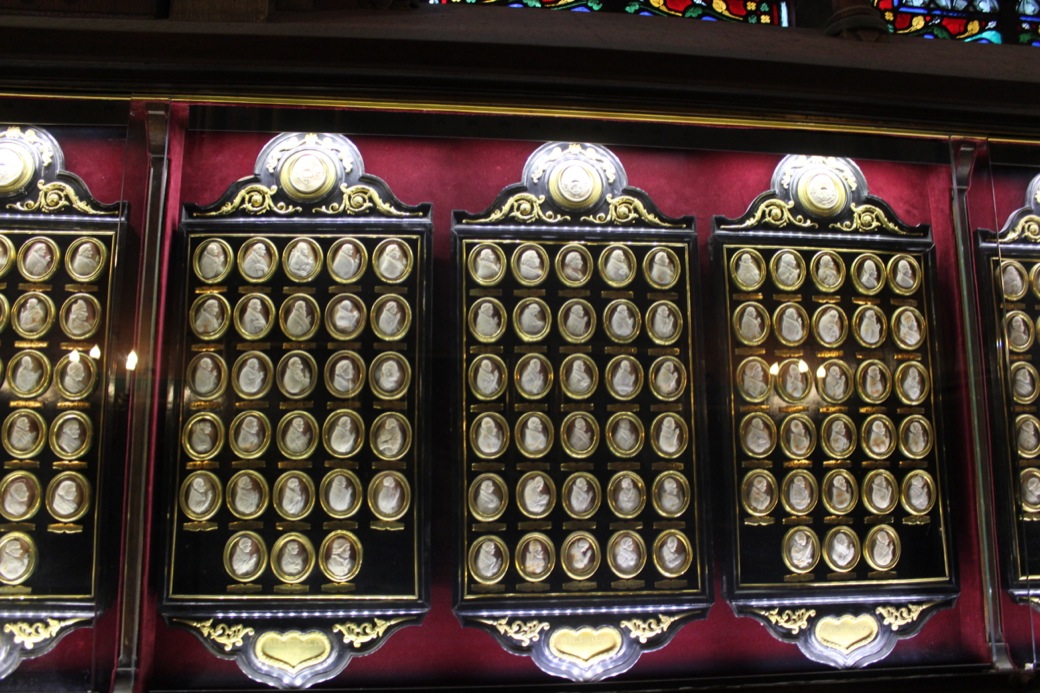
Notre Dame de Paris, the great fire
On April 15, 2019 at 18:50, the world learned with horror that the iconic Notre Dame Cathedral in Paris was on fire. For Parisians, it was an unprecedented drama as well as a visual, emotional and psychological shock. The one stoic building that had withstood two world wars was transformed into ashes in a few hours. Thanks to the intervention of the Paris fire brigade, the towers of Notre-Dame remained unscathed, as well as the sacred Rose stained glass window, and much of its structure was saved.
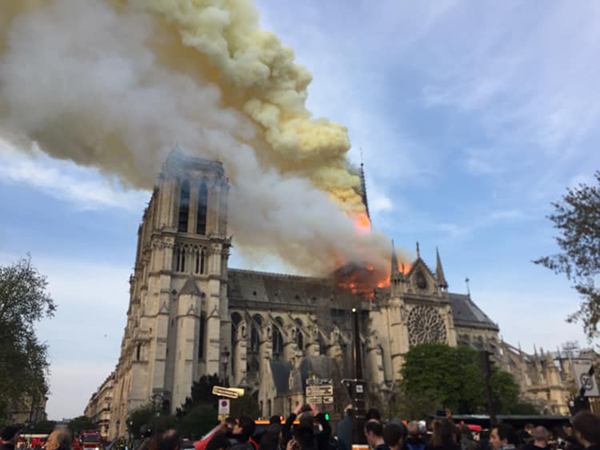
In 1163, Bishop Maurice de Sully decided to implement this tremedous project which was incredibly ambitious at the time, the construction of which would last nearly two centuries. Notre-Dame de Paris was the largest religious building in the West until the middle of the 13th century, before the construction of the cathedrals of Amiens and Reims. His design shows great creativity in the purest Gothic style. In the 1230s, the upper parts were redesigned in a new style - the radiant Gothic style - to allow in more light for the choir.
During the Revolution of 1789, the statues were mostly destroyed. The bells were melted down, worship was abandoned... Ironically, it was Robespierre who saved the cathedral from destruction by establishing the cult of the Supreme Being.
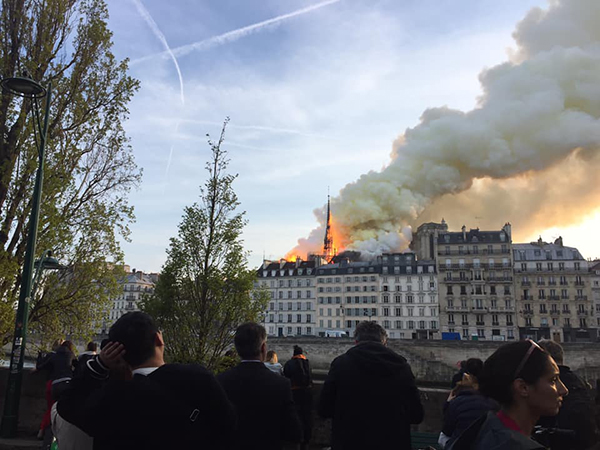
In 1831, famous author Victor Hugo was so distressed by the state of abandonment into which the cathedral had fallen into, that he wrote a novel - the world-famous Notre Dame de Paris, which followed the trends of the time for medieval aesthetics. Hugo builds a dramatic plot in the heart of medieval Paris, the Isle de la Cité and the nearby Marais, and he portrayed the life of the common people of Paris in the fifteenth century. An important part of the novel takes place in the towers of the church and pride of place is given to the bells and their resident ringer Quasimodo, who falls in love with the beautiful Esmeralda.
Victor Hugo took part in the important campaign which led to the restoration of Notre Dame from 1845. The architects Viollet-le-Duc and Lassus are responsible for the restoration of Notre Dame as they recomposed the carved decoration. Viollet-le-Duc accentuated the medieval style by adding to Notre Dame a number of neo-Gothic decorations and a new spire at a height of 93 metres. This was the birth of a patrimonial interest and was here that France started to establish policies for the safeguarding of national monuments.
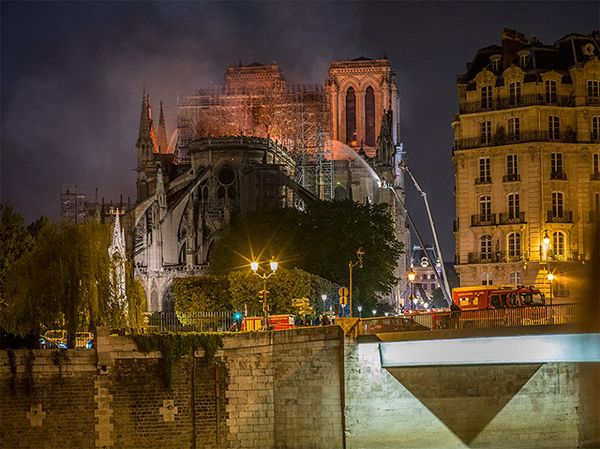
In 1968, under the ministry of André Malraux, who saved the Marais from destruction in 1962, the first major renovations of the cathedral were undertaken. Then more renovations were carried out in the 1980s, under the leadership of minister for culture Jack Lang, who delegated the management of the last restoration to Bernard Fonquernie, Chief Architect of National Monuments. In 2013, the old bells were replaced by new ones and placed on show during a week for Easter in the centre of the cathedral ... The upkeep of a cathedral requires construction and continuous maintenance.
Notre Dame will rise again, and will, before the Olympic Games of 2024, be more beautiful than ever” declared President of the Republic, Emmanuel Macron. If it is indeed a common subject that unites the French people beyond all divisions, it is most certainly that of our wonderful heritage, which shines around the world.
Below are some unpublished photos taken over time by our team, friends, the photographers at the Paris Tourist Office and Marianne Ström, the patrimonial photographer of le Marais, alongside whom we suggest that you donate towards the restoration of "Notre Dame of the Whole World".
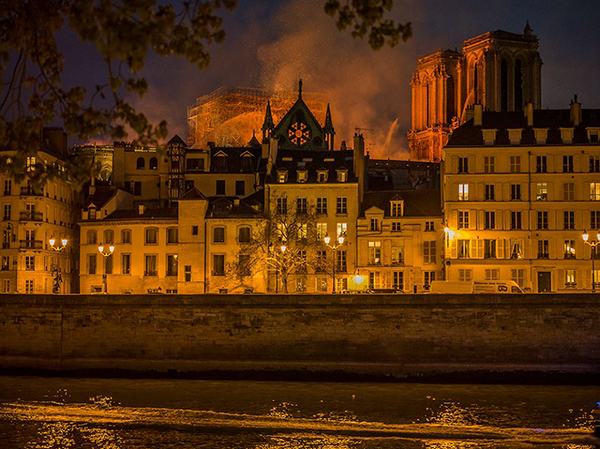
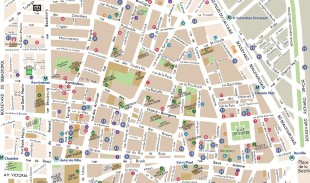


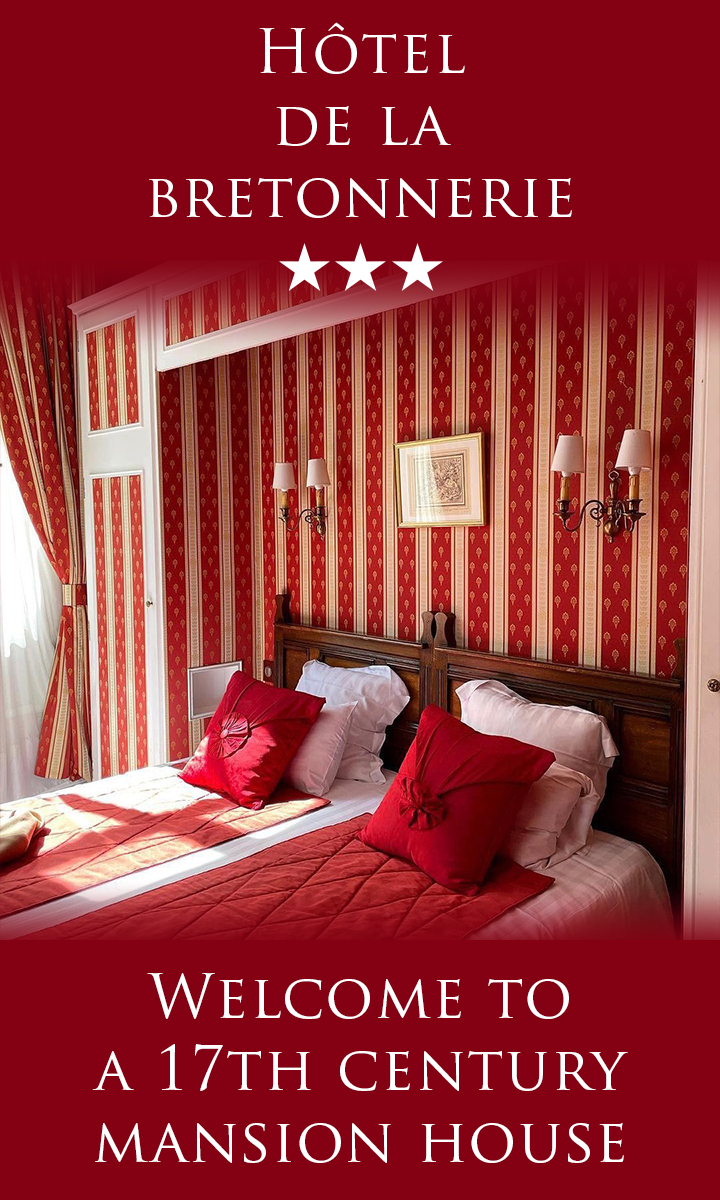
.jpg)
